Home>Garden Essentials>How To Get Avocado Seed To Sprout
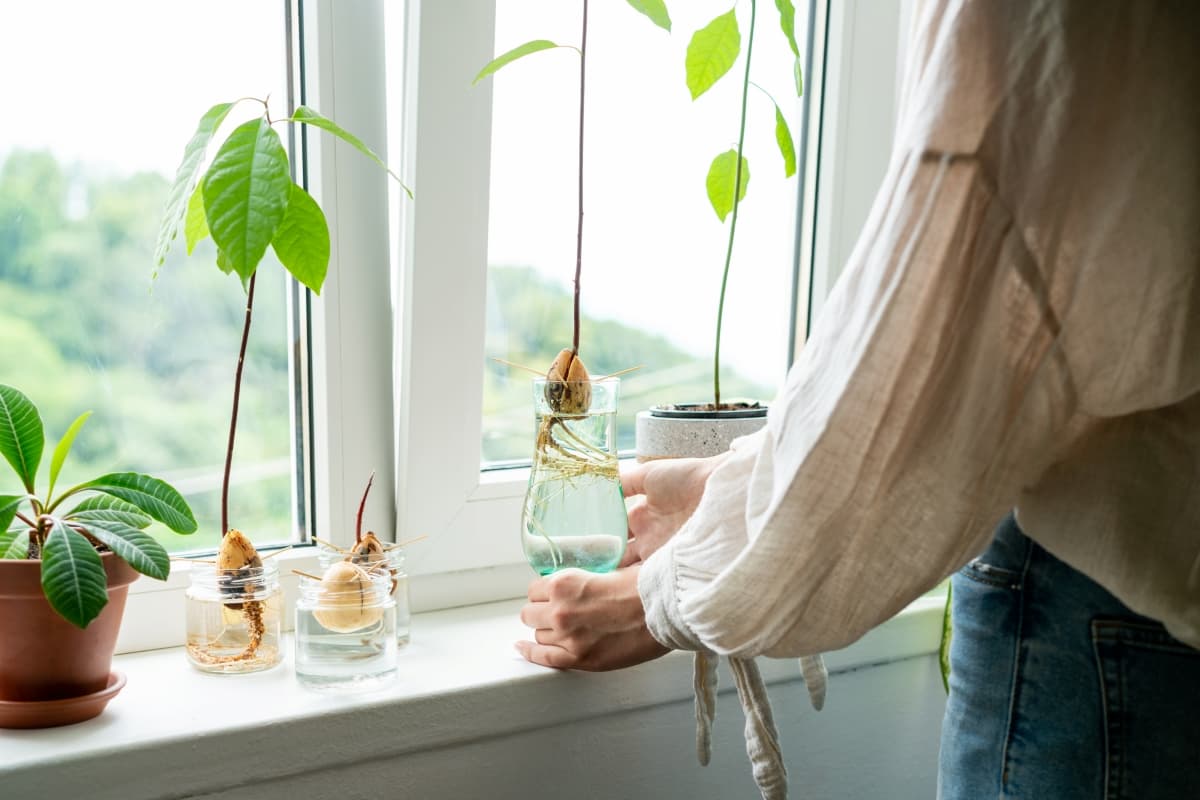

Garden Essentials
How To Get Avocado Seed To Sprout
Modified: March 16, 2024
Learn how to sprout avocado seeds in your garden with our step-by-step guide. Start growing your own avocado tree today!
(Many of the links in this article redirect to a specific reviewed product. Your purchase of these products through affiliate links helps to generate commission for Storables.com, at no extra cost. Learn more)
Introduction
Growing your own avocado tree can be a rewarding and fulfilling experience. Not only will you have a beautiful addition to your garden or indoor space, but you will also be able to enjoy delicious, homegrown avocados. One of the first steps in this process is to sprout an avocado seed, which can be a fun and educational project for both kids and adults alike.
Avocado seeds are fascinating in their own right. They are large, round, and have a beautiful brown outer covering. Inside the seed is where the magic happens, as it contains all the necessary nutrients and genetic information for a sprout to emerge. By learning how to successfully sprout an avocado seed, you can embark on a journey of nurturing and watching as it grows into a thriving avocado tree.
In this article, we will guide you through the step-by-step process of sprouting an avocado seed. We will discuss the materials you will need, as well as different methods you can use to encourage successful sprouting. Whether you choose to sprout the seed in water or soil, we will provide tips and instructions to help you along the way. Additionally, we will cover the care required for the sprouted seed and how to eventually harvest your own avocados from the tree.
So, if you’re ready to get your hands dirty and experience the joy of growing your own avocados, let’s dive into the fascinating world of avocado seed sprouting!
Key Takeaways:
- Sprouting an avocado seed is a fun and educational project that requires patience and care. Whether using the water or soil method, providing the right conditions and nurturing the sprouted seed can lead to a thriving avocado tree.
- Once your avocado tree matures, you can enjoy the satisfaction of harvesting and savoring your own homegrown avocados. By monitoring its growth, providing proper care, and addressing any issues promptly, you can ensure a fruitful avocado-growing journey.
Read more: How Long To Sprout An Avocado Seed
Materials Needed
Before you begin the process of sprouting an avocado seed, it’s important to gather all the necessary materials. Here’s a list of what you’ll need:
- Avocado: Start by selecting a ripe avocado. Look for one that is slightly soft to the touch, but not overly mushy.
- Knife: You’ll need a sharp knife to carefully remove the seed from the avocado.
- Paper towel: This will be used to clean and dry the avocado seed.
- Glass or jar: If you choose to sprout the seed in water, a clear glass or jar will come in handy. Make sure it is tall enough to support the seed and allow the roots to grow.
- Water: If you opt for the water method, you’ll need clean, room temperature water to submerge the seed.
- Pot or container: Alternatively, if you prefer to sprout the seed in soil, you’ll need a pot or container with good drainage.
- Potting soil: Select a well-draining potting mix specifically designed for seedlings or houseplants.
- Plant marker: It’s helpful to have a plant marker or label to keep track of the avocado seed once it is planted.
- Plastic wrap or bag: Covering the pot or container with plastic wrap or a plastic bag can create a mini greenhouse effect, promoting moisture retention and quicker sprouting.
- Sunlight or grow light: Avocado trees need plenty of light to thrive, so ensure you have access to a sunny spot or invest in a grow light for indoor sprouting.
- Watering can or spray bottle: To water and mist the sprouted avocado seed, you’ll need a watering can or spray bottle.
Now that you have all the necessary materials, you’re ready to move on to the next step: removing the seed from the avocado.
Step 1: Removing the Seed from the Avocado
The first step in sprouting an avocado seed is to carefully remove it from the avocado fruit. Follow these steps:
- Take a ripe avocado and place it on a cutting board.
- Hold the avocado firmly with one hand and use a sharp knife to make a vertical cut around the circumference of the avocado. Rotate the avocado while keeping the knife in contact with the pit until you have cut all the way around.
- Gently twist the two halves of the avocado in opposite directions to separate them. One half will contain the pit (seed).
- Locate the pit and carefully remove it from the avocado flesh. Use caution to avoid cutting yourself or damaging the pit.
Once you have successfully removed the pit from the avocado, proceed to the next step: cleaning the seed.
Note: If you plan to sprout multiple avocado seeds, repeat these steps for each one.
Step 2: Cleaning the Seed
After removing the seed from the avocado, it’s important to clean it thoroughly before proceeding with the sprouting process. Cleaning the seed helps remove any remnants of avocado flesh and reduces the risk of mold or bacterial growth. Follow these steps to clean the avocado seed:
- Take a damp paper towel and gently wipe away any excess avocado flesh from the seed.
- Be careful not to scrub or damage the seed, as this could affect its ability to sprout.
- Inspect the seed for any remaining fruit or debris, and use the paper towel to remove it.
- Allow the seed to air dry for a short while until it is completely free of moisture.
By cleaning the avocado seed, you are creating a clean and conducive environment for the sprouting process. Once the seed is dry, you are ready to move on to the next step: preparing the seed for sprouting.
Step 3: Preparing the Seed for Sprouting
Before you can begin the sprouting process, it’s important to prepare the avocado seed to maximize its chances of successful germination. Follow these steps to prepare the seed:
- Examine the avocado seed and identify the top and bottom ends. The top end is slightly pointy or cone-shaped, while the bottom end is flatter and broader.
- Using a sharp knife, carefully make a small incision on the bottom end of the seed. This will help promote root growth during the sprouting process.
- Be cautious not to cut too deeply into the seed; a shallow cut is sufficient.
- Next, observe the sides of the seed and identify the orientation of the seed’s natural crack or indentation. This will help guide you in choosing the sprouting method in the next step.
- Handling the seed with care, you can now proceed with selecting the sprouting method that suits you best: water or soil.
Preparing the avocado seed ensures that it is primed for successful germination. By making a small cut and identifying the orientation of the seed, you are setting the foundation for sprouting. In the next step, we will explore the two main methods for sprouting the avocado seed: water and soil.
Read more: How To Sprout An Avocado Seed In Water
Step 4: Choosing the Sprouting Method
When it comes to sprouting an avocado seed, you have two primary methods to choose from: water or soil. Each method has its advantages and considerations, so it’s important to understand both options before making your decision.
Water Method: The water method is a popular choice for sprouting avocado seeds. It allows you to observe the root development as the seed sprouts, providing an exciting visual experience. To use the water method, follow these steps:
- Fill a glass or jar with room temperature water, leaving enough space for the seed to be submerged.
- Gently place the avocado seed in the water, bottom end down, and the top end sticking out.
- Ensure that the bottom cut of the seed is partially submerged in the water.
- Place the glass or jar in a warm location with indirect sunlight.
- Change the water every few days to prevent stagnation and the growth of mold.
- Observe and wait for the root to emerge from the bottom of the seed, indicating successful sprouting.
Soil Method: The soil method involves planting the avocado seed directly into a pot or container with well-draining soil. Here’s how to proceed:
- Select a pot with drainage holes or a container with good drainage to prevent waterlogging.
- Fill the pot with a well-draining potting mix, leaving some space at the top.
- Gently press the avocado seed into the soil, with the bottom end down and the top end sticking out slightly.
- Cover the seed with a thin layer of soil, ensuring it is not completely buried.
- Water the soil, ensuring it is moist but not overly saturated.
- Cover the pot or container with plastic wrap or place it in a plastic bag to create a mini greenhouse effect, promoting moisture retention.
- Place the pot in a warm location with indirect sunlight.
Both the water and soil methods have their merits, and it ultimately depends on your personal preference and the resources you have available. Whichever method you choose, remember to be patient and provide nurturing care as the avocado seed begins to sprout.
In the next steps, we will guide you through each sprouting method, providing further instructions and tips to ensure successful growth.
Step 5: Sprouting the Seed in Water
If you have chosen the water method for sprouting your avocado seed, follow these steps to encourage healthy root development:
- Fill a glass or jar with room temperature water, leaving enough space for the seed to be partially submerged.
- Gently place the avocado seed in the water, bottom end down, and the top end sticking out above the water.
- Ensure that the bottom cut of the seed is partially submerged in the water.
- Place the glass or jar in a warm location with indirect sunlight.
- Change the water every few days to ensure freshness and prevent the growth of mold.
- Observe and wait for the root to emerge from the bottom of the seed. This can take anywhere from two to six weeks.
- Once the root has grown to a few inches in length, you can transplant the sprouted seed into soil or continue growing it in water.
While waiting for the root to emerge, make sure to monitor the water level and maintain a consistent temperature in the designated sprouting area. As the root develops, it will absorb water from the glass or jar, supporting the growth of the young plant.
Remember to be patient during this process, as it can vary in timing for each avocado seed. Once the root has grown to a substantial length, you can decide whether to transfer it to soil or continue growing it in water. Keep in mind that transferring to soil will provide a more stable and nourishing environment for the plant.
In the next step, we will explore the process of sprouting the avocado seed in soil.
Place the avocado seed in a glass of water, making sure the bottom is submerged. Use toothpicks to suspend the seed. Change the water every few days and wait for roots to sprout.
Step 6: Sprouting the Seed in Soil
If you have opted to sprout your avocado seed in soil, follow these steps to promote successful growth:
- Select a pot or container with drainage holes to ensure proper drainage.
- Fill the pot with a well-draining potting mix, leaving some space at the top.
- Gently press the avocado seed into the soil, with the bottom end down and the top end sticking out slightly.
- Cover the seed with a thin layer of soil, ensuring it is not completely buried.
- Water the soil until it is evenly moist, but avoid overwatering to prevent root rot.
- Cover the pot with plastic wrap or place it inside a plastic bag to create a mini greenhouse effect, promoting moisture retention.
- Place the pot in a warm location with indirect sunlight, such as near a window or under a grow light.
- Check the soil regularly, ensuring it remains consistently moist but not waterlogged.
- Within a few weeks, you should start to see the emergence of a sprout from the avocado seed.
As the avocado seed begins to sprout, continue to provide care by monitoring the soil moisture level and adjusting watering accordingly. The plastic wrap or bag will help create a humid environment for optimal growth.
Once the sprout has grown a few inches tall and has developed a few sets of true leaves, you can remove the plastic covering and continue to care for the avocado plant as it matures.
Remember to be patient with the sprouting process, as it can take between two to six weeks for the avocado seed to sprout. By providing the right conditions and maintaining proper care, you will increase the chances of successful sprouting in soil.
In the next step, we will explore the care required for the sprouted avocado seed, regardless of whether it is growing in water or soil.
Step 7: Caring for the Sprouted Seed
Once your avocado seed has successfully sprouted either in water or soil, it’s vital to provide proper care to ensure its healthy growth. Here are some essential care tips for your sprouted avocado seed:
- Light: Avocado plants thrive in bright, indirect sunlight. If growing indoors, place the plant near a south-facing window or provide supplemental grow lights.
- Watering: Maintain consistent moisture for your sprouted seed. Check the soil or water regularly and water when the top inch feels dry. Avoid overwatering, as it can lead to root rot.
- Fertilization: Once the plant has a few sets of true leaves, you can start fertilizing. Use a balanced, water-soluble fertilizer at half strength every two weeks during the growing season.
- Temperature: Keep your avocado plant in a warm environment with temperatures between 60-75°F (15-24°C). Avoid exposing it to extreme cold or hot temperatures.
- Humidity: Avocado plants prefer higher humidity levels. Mist the leaves regularly or place a water tray near the plant to increase humidity.
- Pruning: As your avocado plant grows, you may need to prune it to encourage a bushier shape. Prune back leggy or straggly growth to promote a more compact and balanced plant.
- Pest and disease control: Monitor your plant for any signs of pests or diseases. If you notice any issues, treat them promptly with organic pest control methods or consult a gardening professional.
- Support: As your avocado tree grows taller, it may need support. Use stakes or ties to provide stability and prevent toppling.
With proper care, your sprouted avocado seed will continue to grow into a healthy and vibrant avocado tree. Regularly assess its growth and adapt your care routine accordingly to promote optimal development.
Now that you’re familiar with caring for the sprouted seed, let’s move on to the next step: transferring the sprout to a pot.
Read more: How Long Do Avocado Seeds Take To Sprout
Step 8: Transferring the Sprout to a Pot
Once your sprouted avocado seed has reached a height of 6-8 inches and has developed a strong root system, it’s time to transfer it to a larger pot. Transferring the sprout to a pot will provide more space for its continued growth and ensure a stable and nourishing environment. Follow these steps to successfully transplant your avocado sprout:
- Select a pot that is at least 10-12 inches in diameter and has drainage holes to prevent waterlogging.
- Fill the new pot with a well-draining potting mix specifically designed for houseplants or seedlings.
- Create a hole in the center of the soil that is deep enough to accommodate the roots of the avocado sprout.
- Gently lift the sprouted avocado seed from its current container, taking care not to damage the roots.
- Place the sprout in the hole in the new pot and carefully backfill with soil, ensuring the roots are covered.
- Lightly press the soil around the base of the sprout to secure it in place.
- Water the newly transplanted avocado plant thoroughly, allowing excess water to drain from the bottom of the pot.
After transplanting, place the pot in a sunny location or continue providing adequate artificial lighting if growing indoors. Monitor the soil moisture level and water when the top inch of soil feels dry.
Keep in mind that the avocado plant will continue to grow taller and wider in its new pot. As it grows, you may need to periodically repot it into a larger container to accommodate its increasing size.
Continue following the care tips mentioned in the previous step to support the healthy growth of your avocado plant. With time and proper care, your avocado tree will develop into a beautiful and fruitful addition to your indoor or outdoor space.
In the next step, we will discuss how to monitor and maintain your growing avocado plant.
Step 9: Monitoring and Maintaining the Avocado Plant
Monitoring and maintaining your avocado plant is crucial for its long-term health and productivity. By observing its growth, providing proper care, and addressing any issues promptly, you can ensure a thriving avocado tree. Follow these steps to effectively monitor and maintain your avocado plant:
- Growth Observation: Regularly monitor the growth of your avocado plant. Observe the development of new leaves, branches, and the overall size of the tree. This will give you valuable insights into its health and progress.
- Watering: Maintain regular watering to keep the soil evenly moist. Avoid overwatering, as it can lead to root rot, and underwatering, which can cause stress to the plant. Adjust your watering frequency based on the moisture needs of your avocado tree.
- Fertilization: Continue fertilizing your avocado tree regularly. Use a balanced, water-soluble fertilizer formulated for fruit trees, following the instructions on the package. Feed your tree during the growing season to promote healthy development.
- Pruning: Prune your avocado tree as needed to maintain its shape and encourage branching. This will help create a bushier tree and allow for better air circulation, reducing the risk of disease and promoting overall health.
- Pest and Disease Control: Regularly inspect your avocado tree for any signs of pests or diseases. Common pests include aphids, mites, and scale insects. Treat infestations promptly with organic pest control methods or consult a gardening professional for guidance.
- Support: As your avocado tree grows taller and heavier, it may require additional support. Consider using stakes or tying it to a sturdy structure to prevent it from toppling over during strong winds.
- Temperature and Light: Monitor the temperature and light conditions in the area where your avocado tree is growing. Avocado trees prefer temperatures between 60-75°F (15-24°C) and need bright, indirect sunlight. Adjust the placement of your tree accordingly to provide the ideal conditions.
- Harvesting: As your avocado tree matures, it will eventually bear fruit. The exact time it takes for fruit to develop varies, but it typically takes several years. When the avocados are fully ripe, gently twist and pull them from the tree, ensuring they are ready to eat.
Regular monitoring and maintenance are essential to keep your avocado tree in optimal health. By providing consistent care and addressing any issues promptly, you can enjoy the beauty and bounty of your avocado tree for years to come.
Now that you have learned how to monitor and maintain your avocado plant, let’s proceed to the final step: harvesting avocados from the tree.
Step 10: Harvesting Avocados from the Tree
One of the most rewarding aspects of growing your own avocado tree is being able to harvest the delicious and nutritious avocados it produces. While it may take several years for your tree to reach maturity and bear fruit, the wait is well worth it. Here are the steps to ensure a successful avocado harvest:
- Determine Fruit Maturity: Avocados are typically ready to be harvested when they reach full size, change color, and have a slight give when gently pressed. However, each avocado variety may have unique indicators of maturity, so consult the specific variety’s guidelines.
- Timing is Everything: Harvest avocados when they are mature but still firm. If left on the tree for too long, they may become overripe or damaged.
- Twist and Pull Method: To harvest an avocado, gently twist and pull it off the tree. Avoid excessive force or shaking the branches, as this can damage the tree or other fruit.
- Handle with Care: Avocados bruise easily, so handle them gently during and after the harvest process. Use a basket or cushioned container to protect the fruit from damage.
- Ripening the Avocados: If the avocados are not yet fully ripe, you can ripen them off the tree. Place them in a paper bag with a ripe banana or apple to speed up the ripening process. The ethylene gas emitted by the banana or apple will help accelerate ripening.
- Enjoying the Harvest: Once your avocados are ripe, they are ready to be enjoyed. Slice them, mash them, or use them in your favorite recipes. Avocados can be used in salads, sandwiches, dips, smoothies, and many other delicious dishes.
You’ve successfully reached the final step in the avocado-growing journey—harvesting the fruits of your labor! By following these steps, you can enjoy the satisfaction of picking and savoring your own homegrown avocados.
Remember, avocados continue to ripen after being harvested, so be sure to check them frequently to enjoy them at their peak flavor. Congratulations on your successful avocado harvest, and may your future avocado-growing endeavors be just as fruitful!
If you’d like to learn more about gardening or explore other plant-related topics, feel free to browse our site for more informative articles and guides.
Happy gardening and happy avocado feasting!
Conclusion
Congratulations on completing the journey of sprouting and nurturing an avocado seed into a thriving avocado tree. Growing your own avocados is a rewarding experience that allows you to connect with nature and enjoy the fruits of your labor.
Throughout this article, we’ve covered the step-by-step process of sprouting an avocado seed, from removing it from the fruit to caring for the sprouted seed and eventually harvesting avocados from the tree. By following these steps and providing proper care, you can successfully cultivate your own avocado tree, whether indoors or in your garden.
Remember, patience is key when it comes to growing avocados. It can take several years for your tree to become mature enough to bear fruit, but the wait is certainly worth it. The satisfaction of picking and enjoying your own homegrown avocados is truly unparalleled.
As you continue your avocado-growing journey, be sure to monitor your tree’s growth, provide regular care, and address any issues promptly. Pay attention to temperature, light, watering, and fertilization to create the best possible environment for your avocado tree’s overall health and productivity.
Whether you choose to grow your avocados in water or soil, indoors or outdoors, the joy of nurturing a small seed into a beautiful and productive tree is a uniquely fulfilling experience.
We hope that this comprehensive guide has empowered you with the knowledge and confidence to successfully sprout and care for your own avocado tree. Enjoy the process, savor the fruits, and let your green thumb flourish!
Happy avocado growing!
Frequently Asked Questions about How To Get Avocado Seed To Sprout
Was this page helpful?
At Storables.com, we guarantee accurate and reliable information. Our content, validated by Expert Board Contributors, is crafted following stringent Editorial Policies. We're committed to providing you with well-researched, expert-backed insights for all your informational needs.
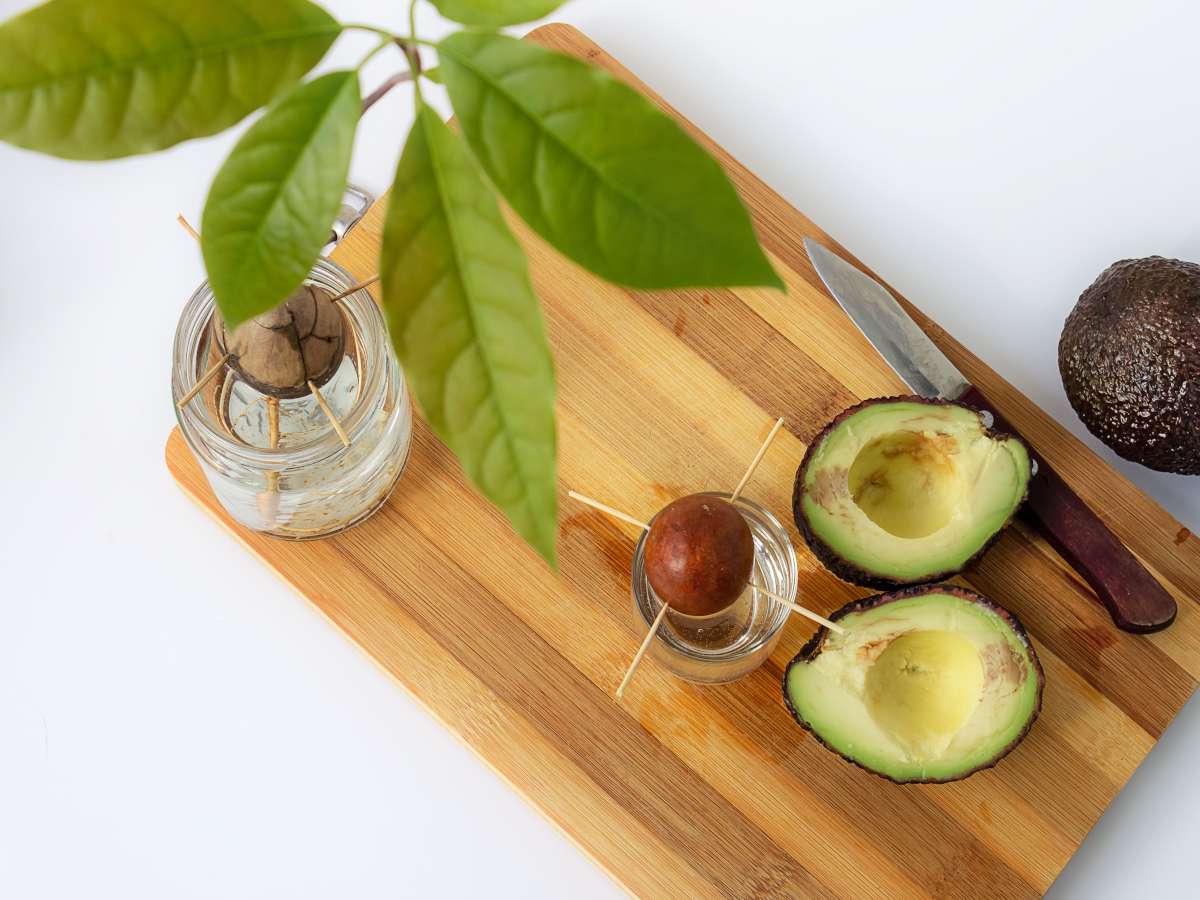
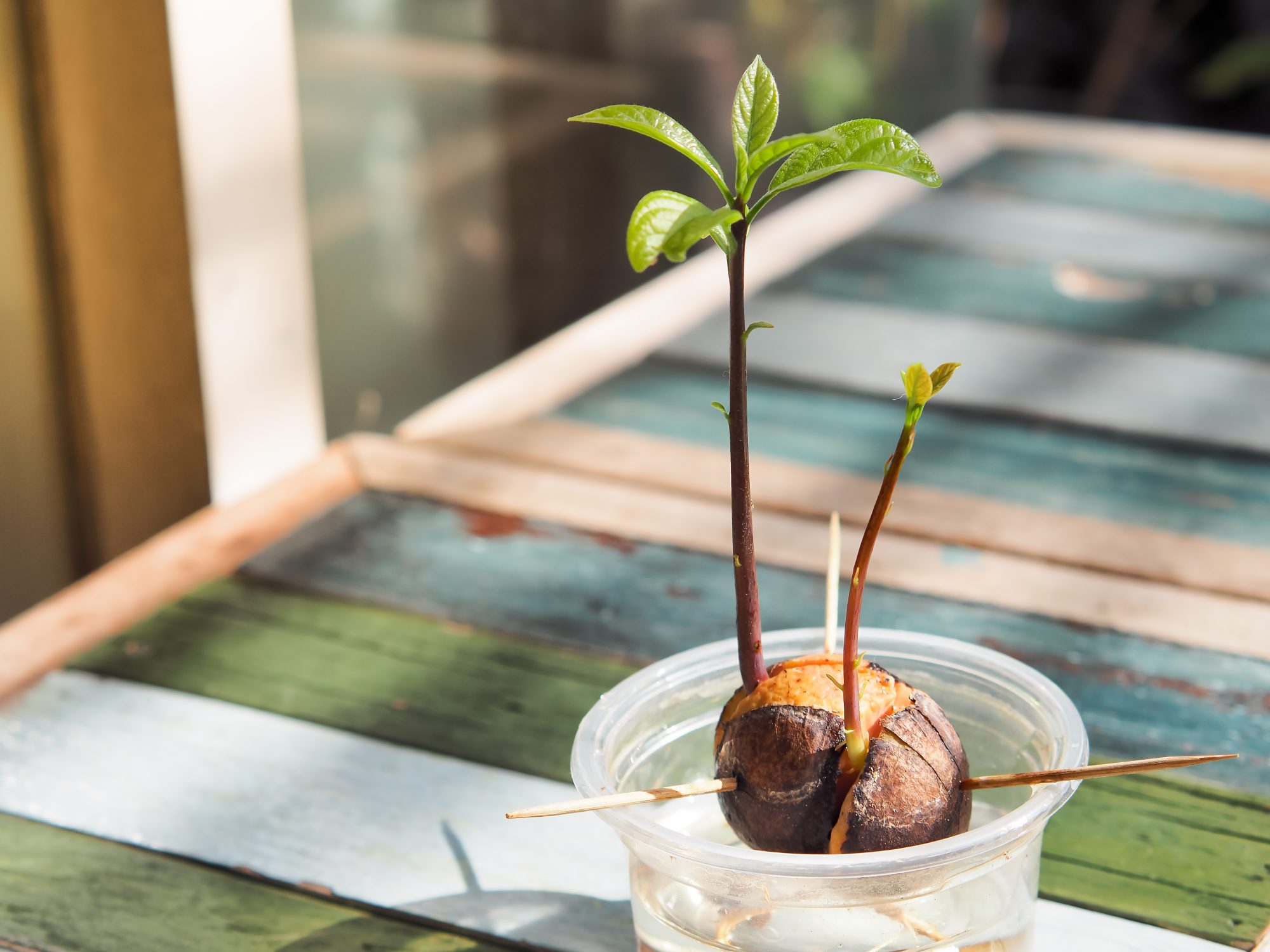
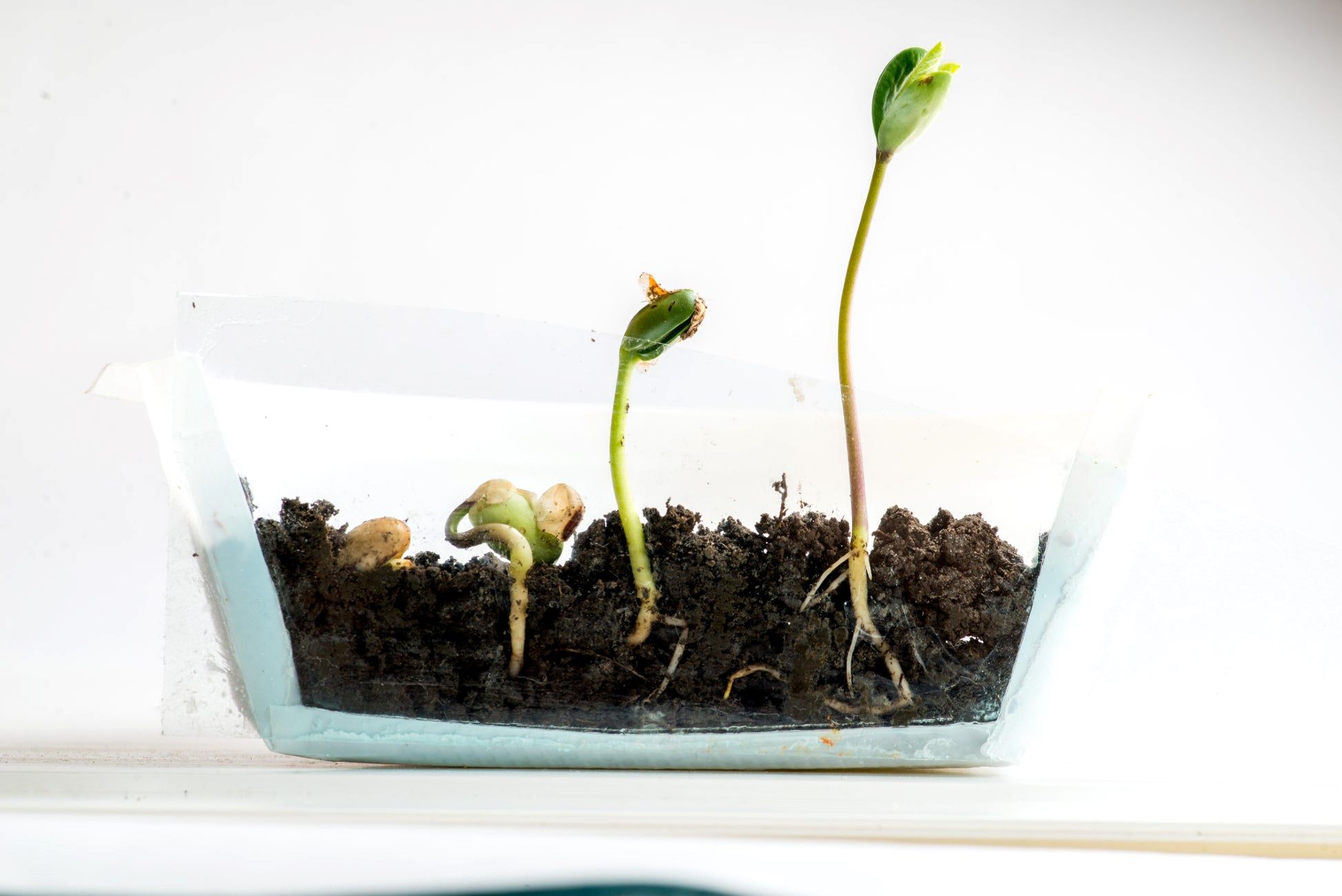
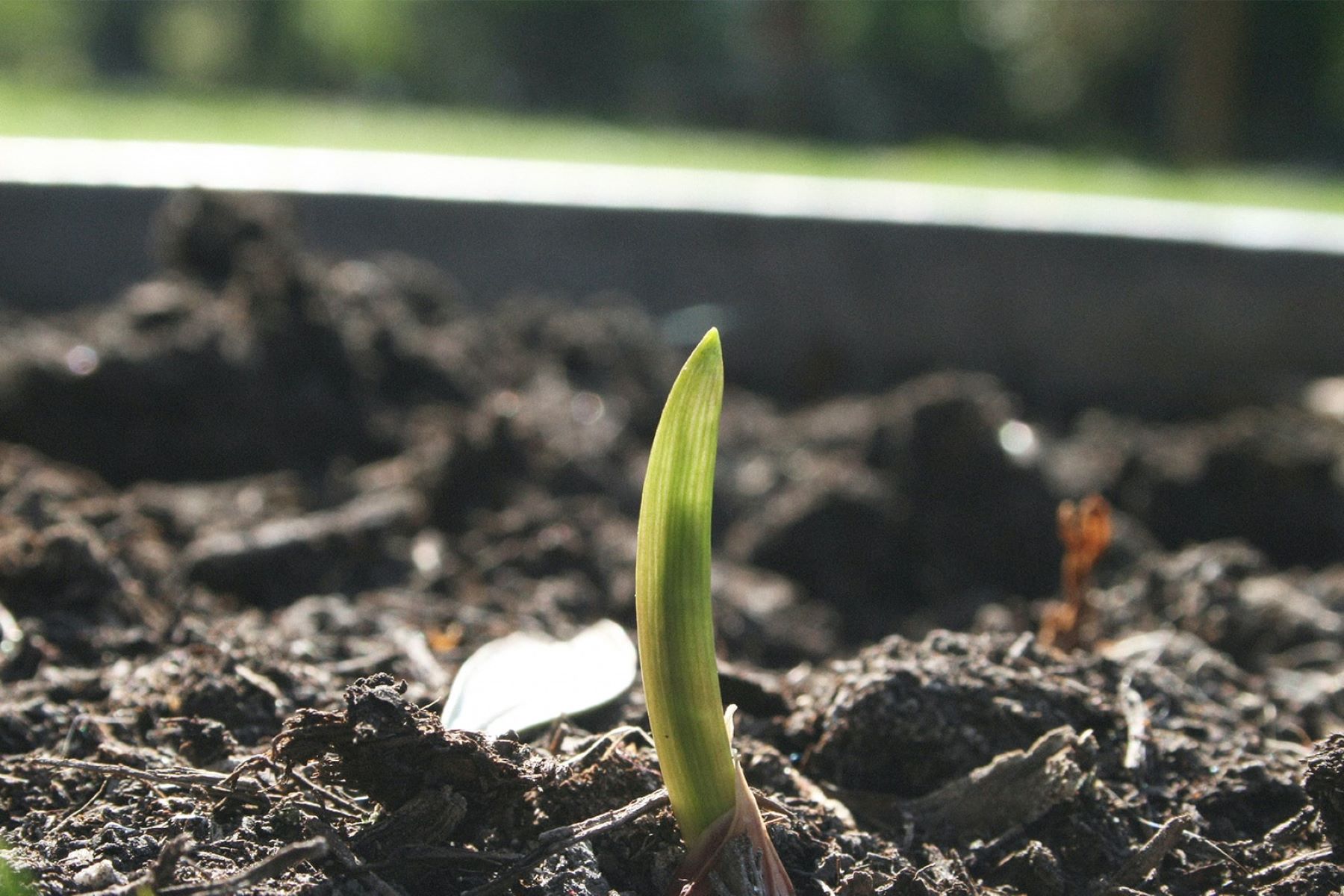
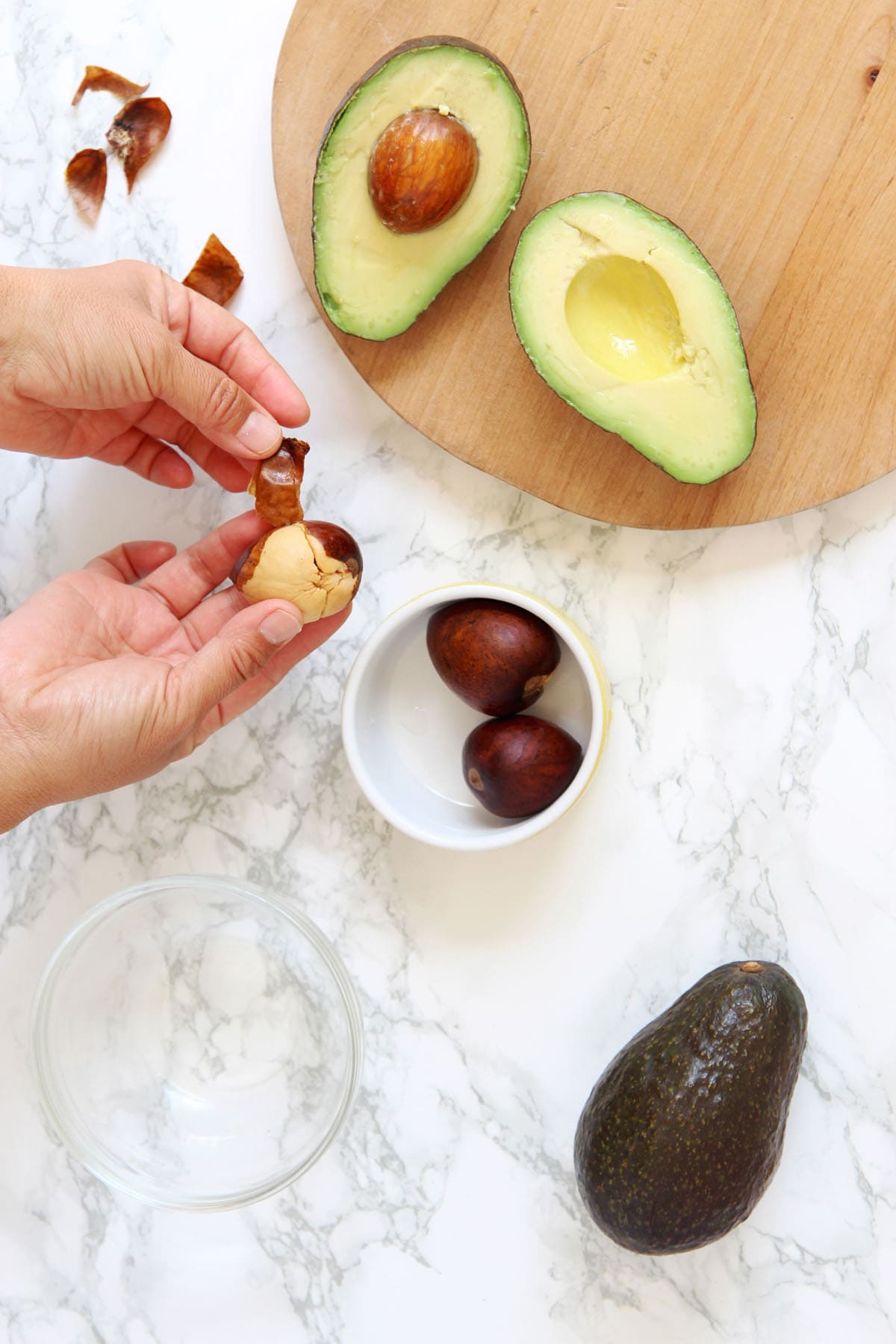
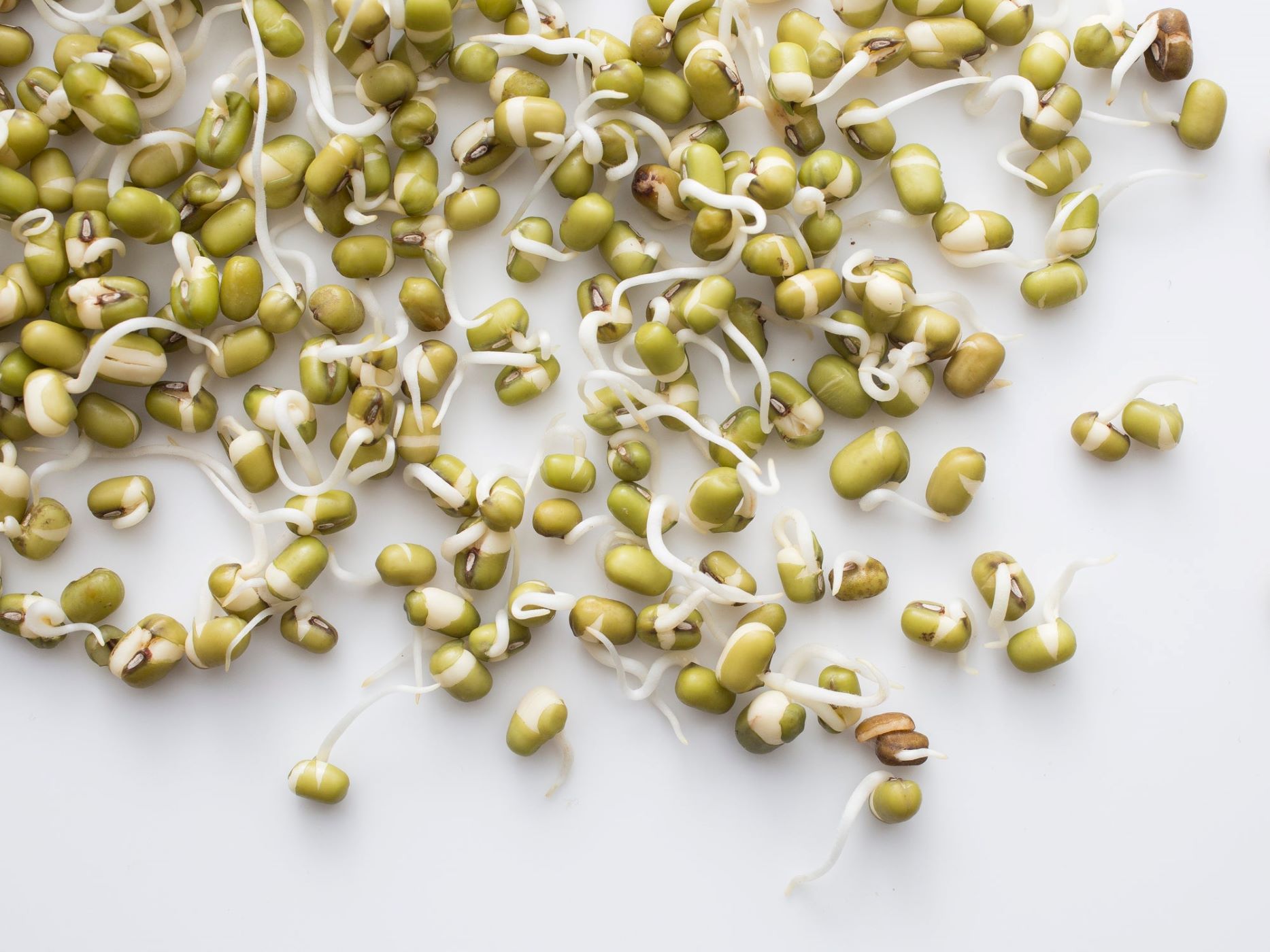
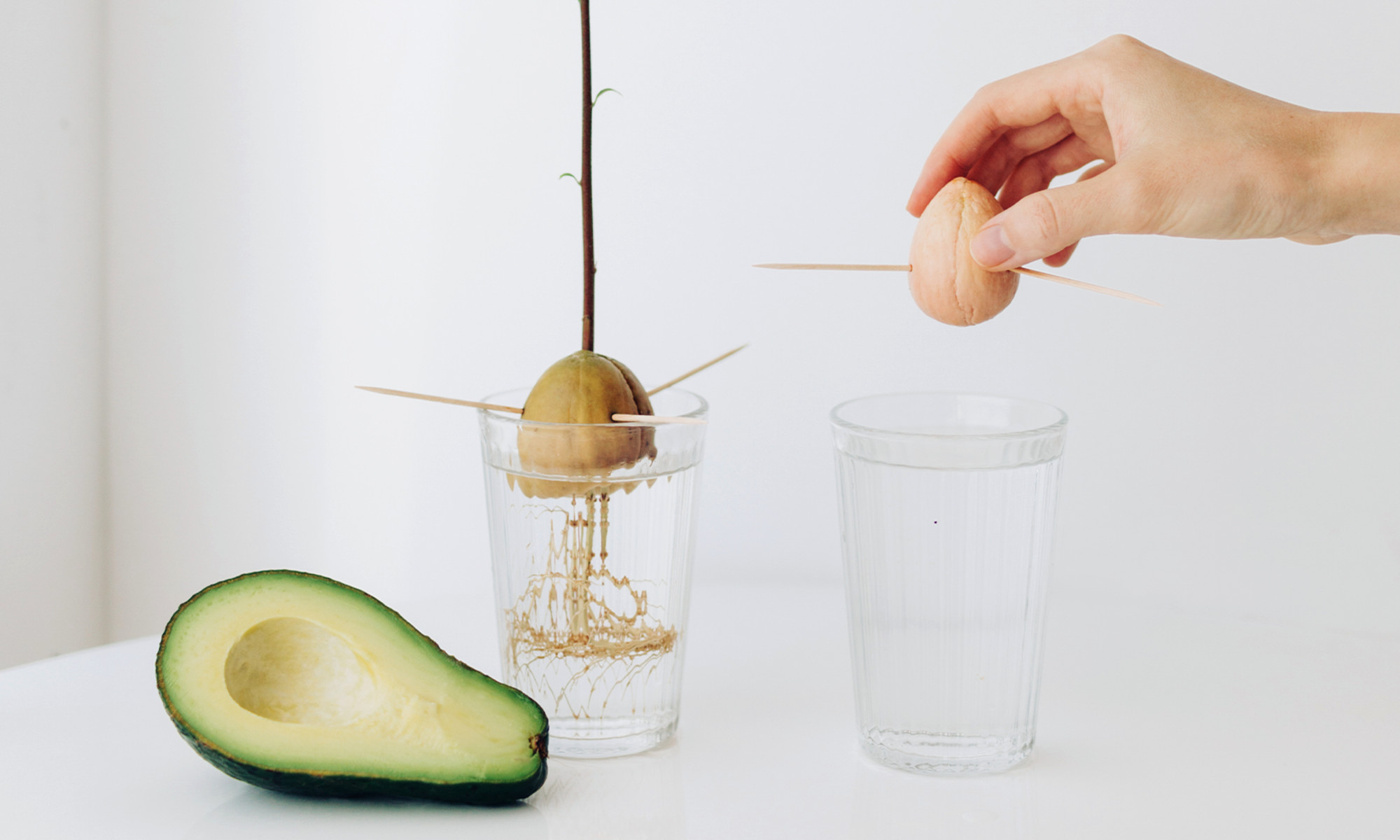
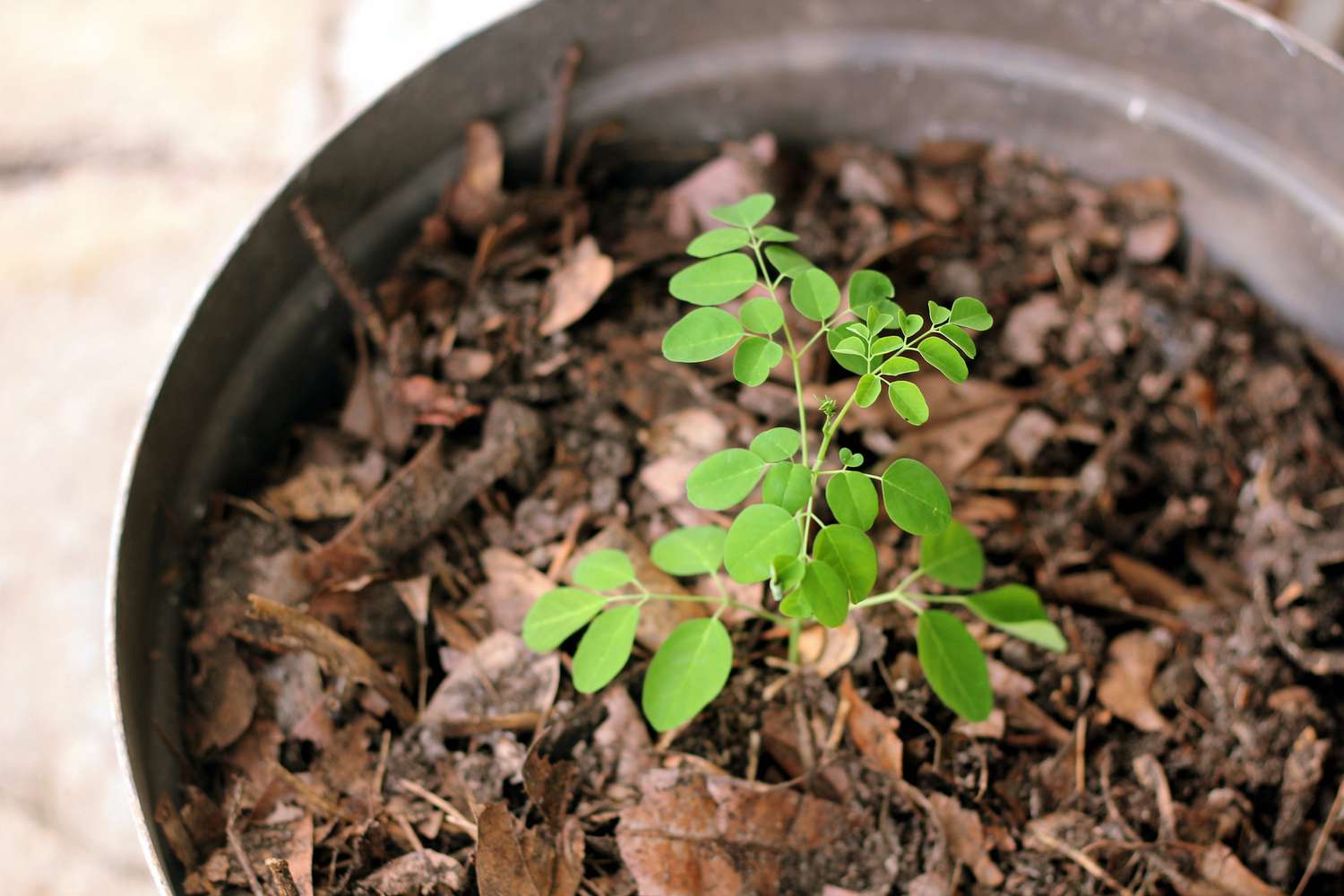
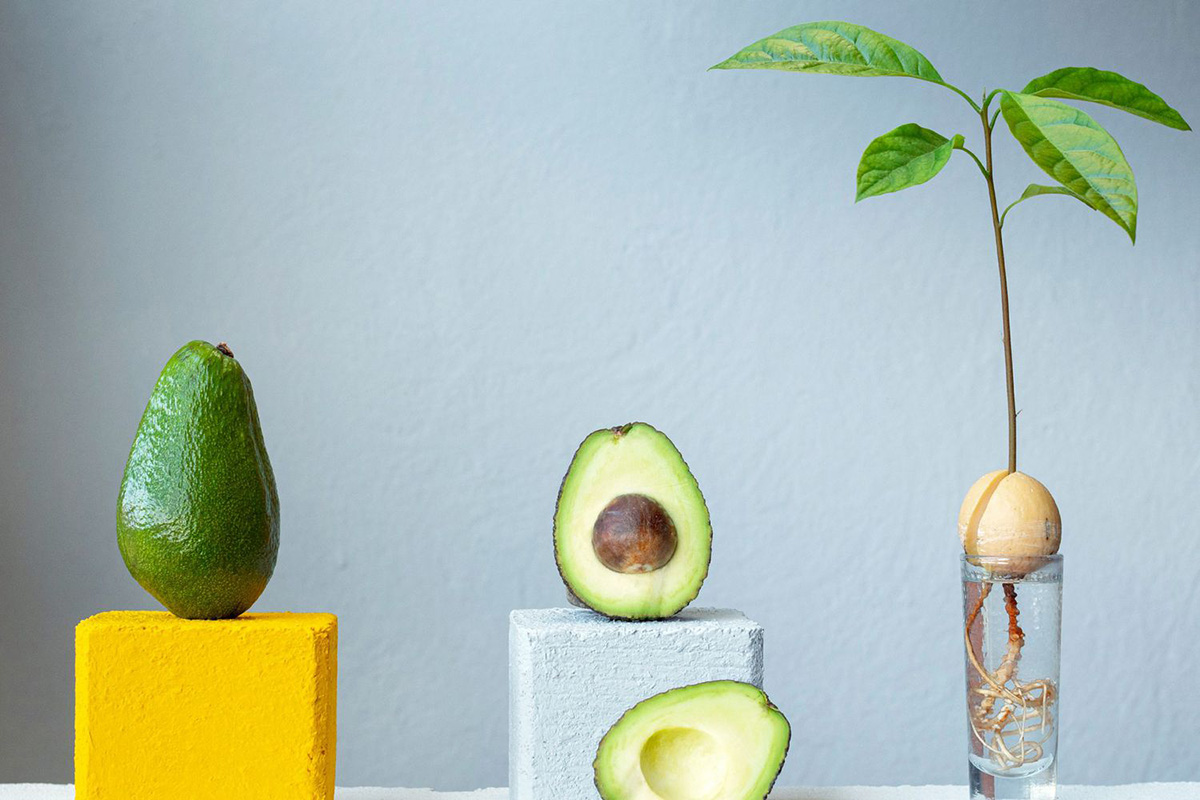
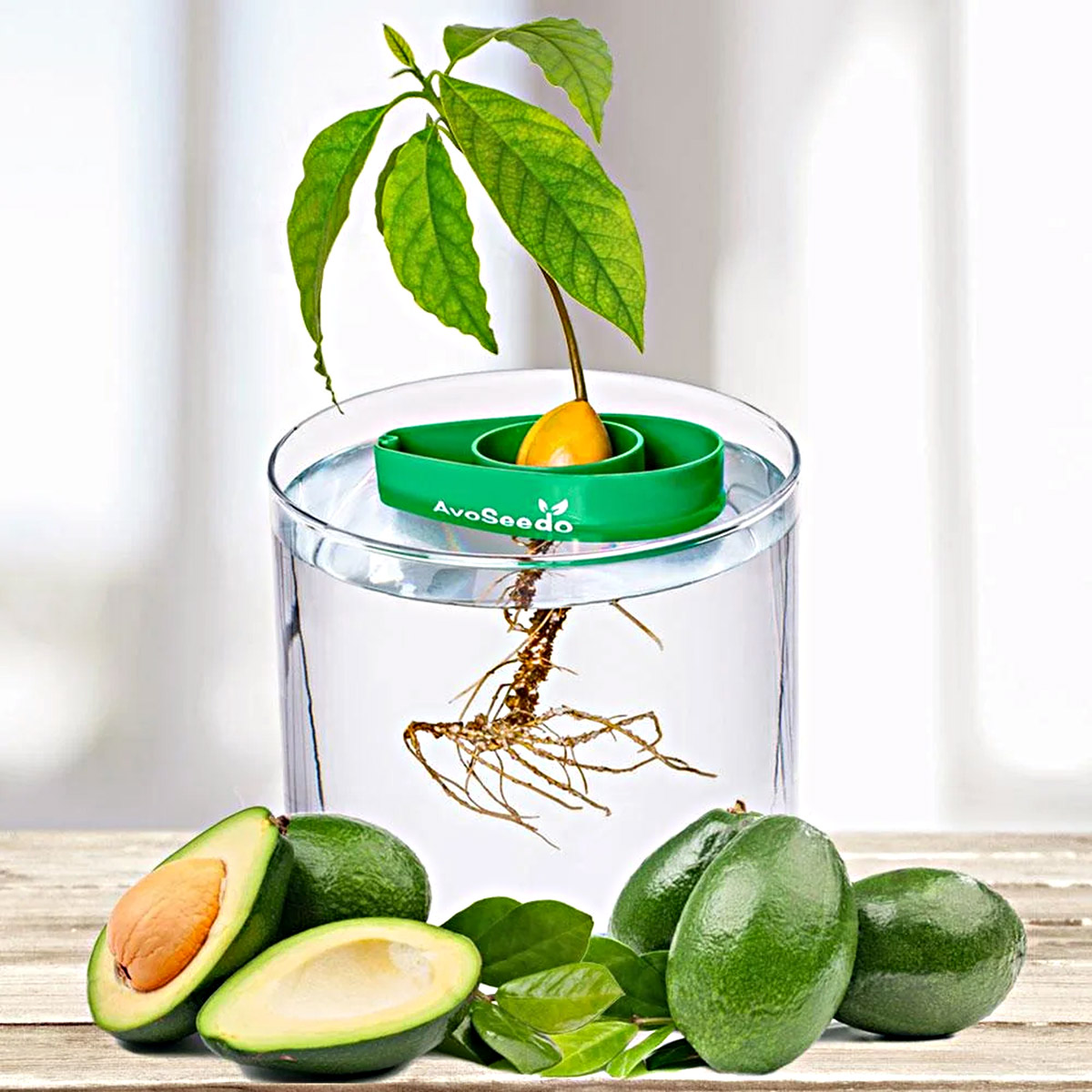
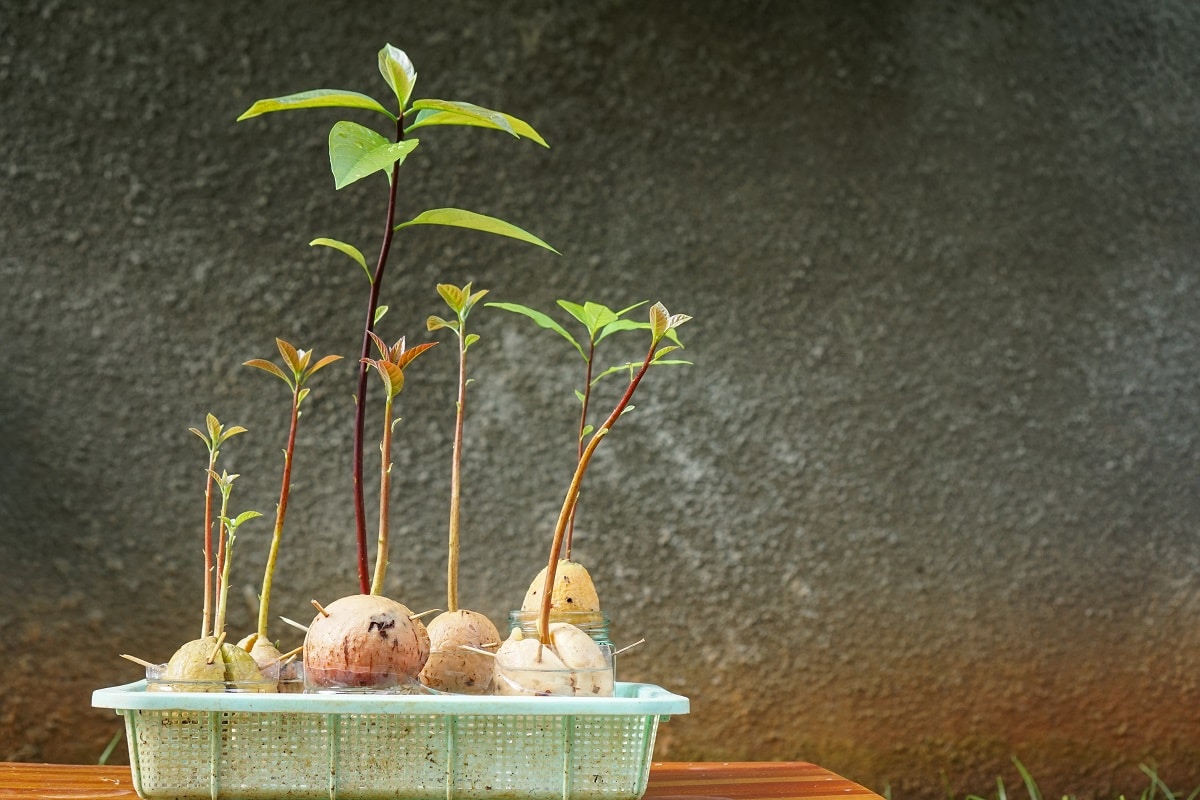
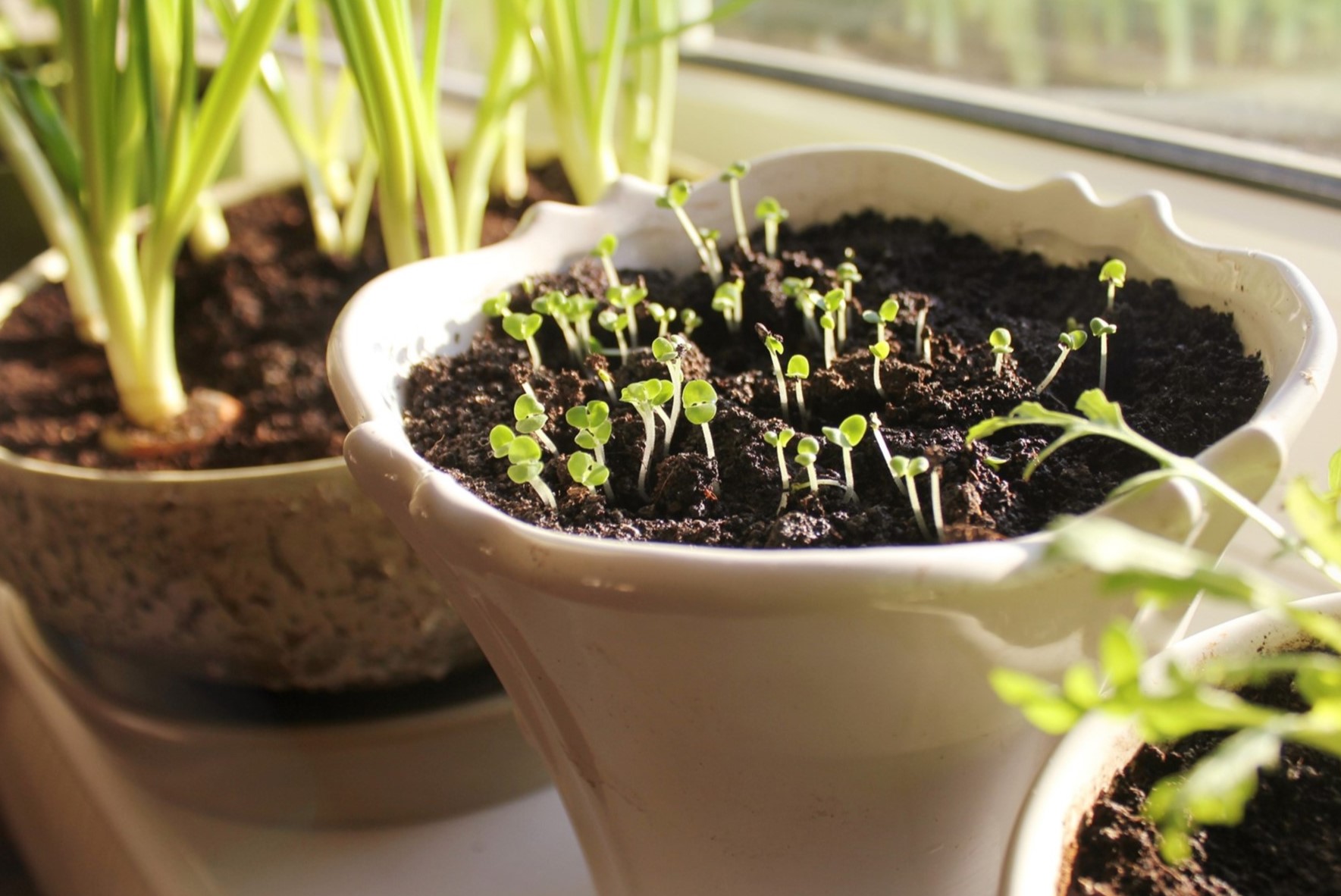
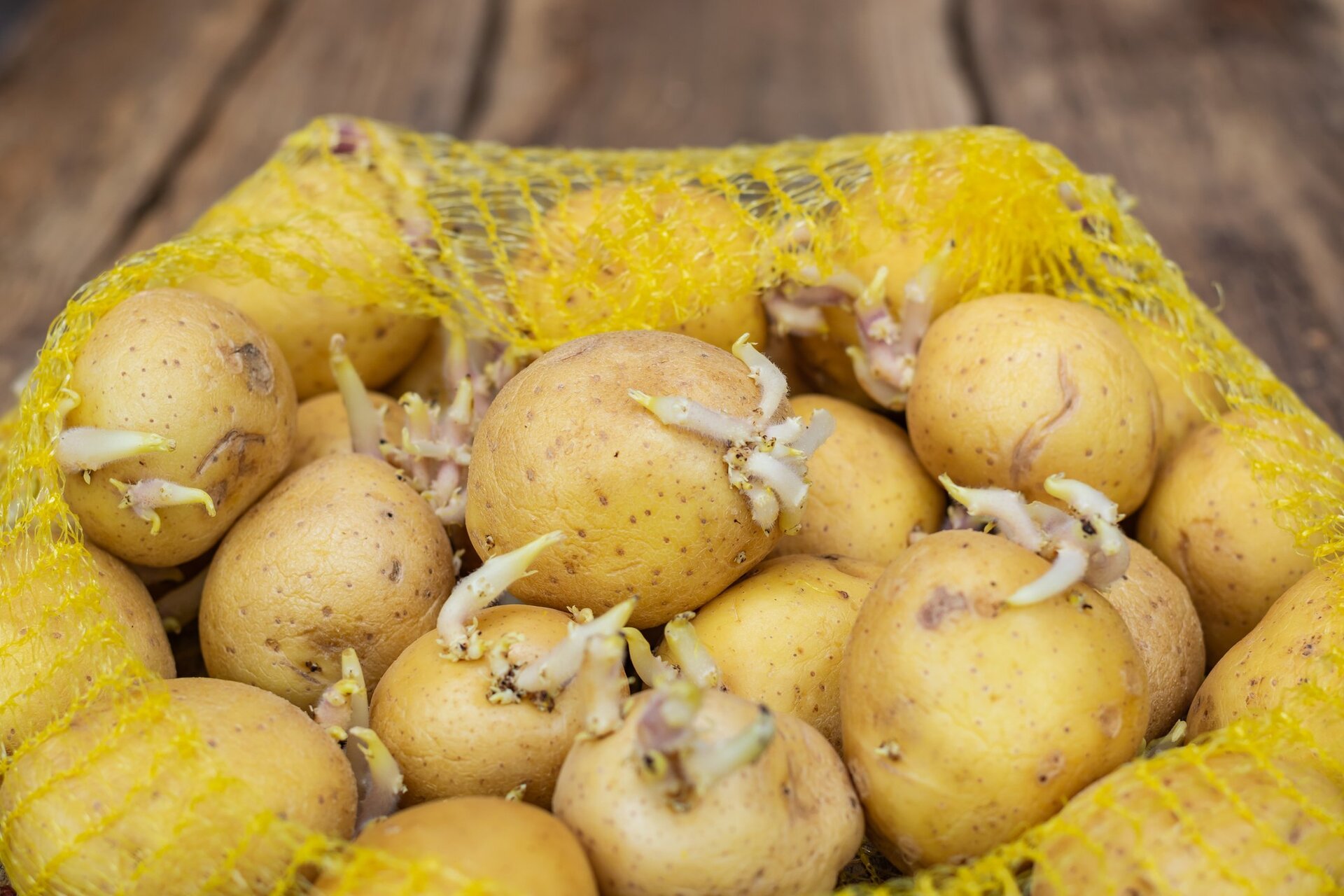

0 thoughts on “How To Get Avocado Seed To Sprout”